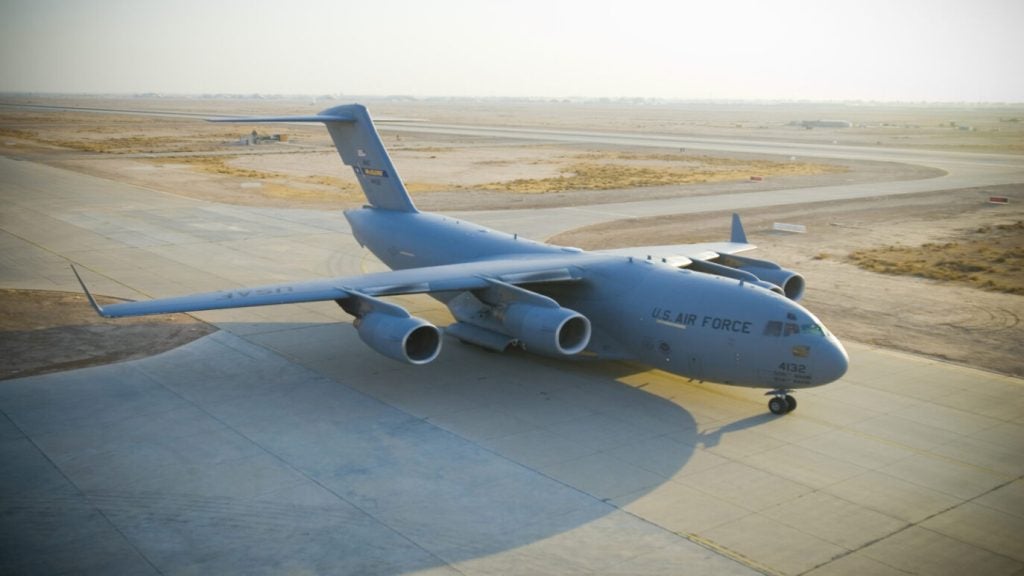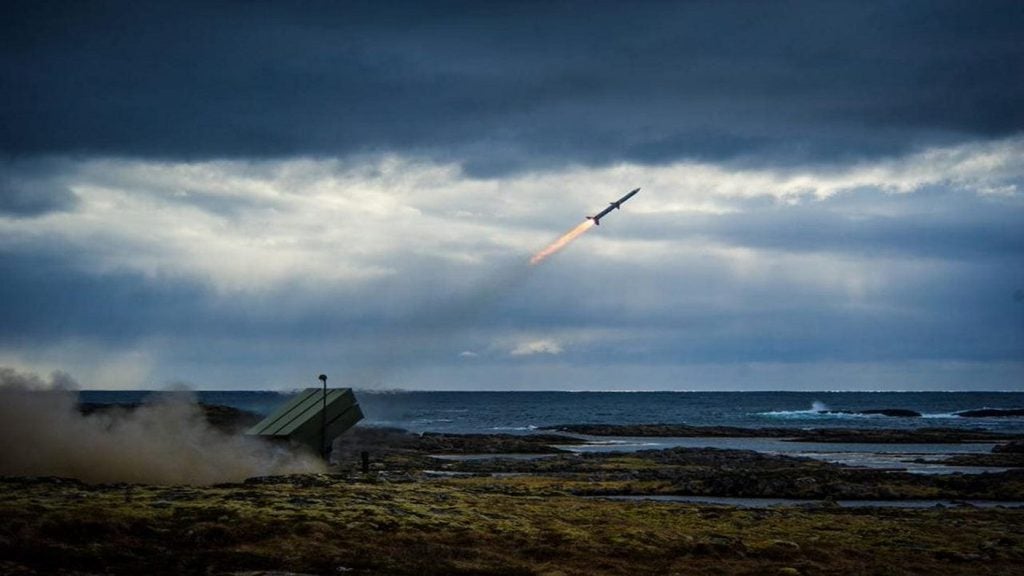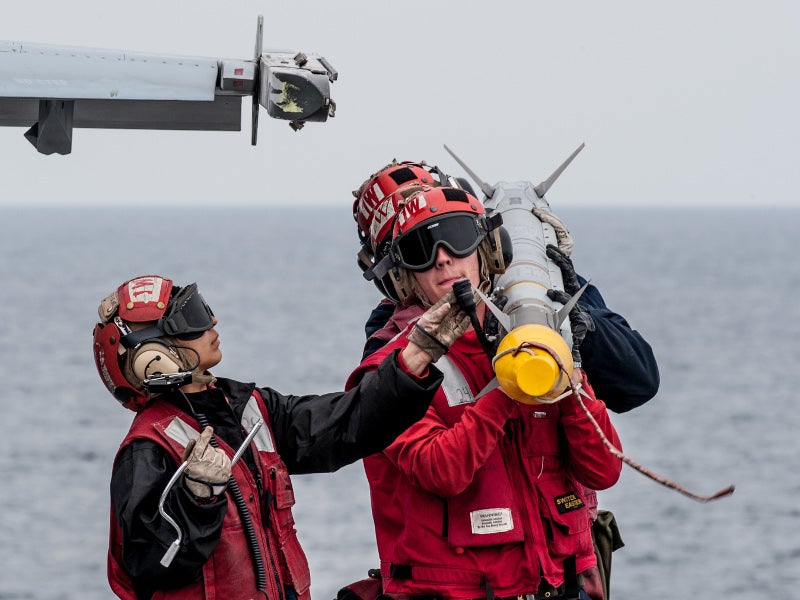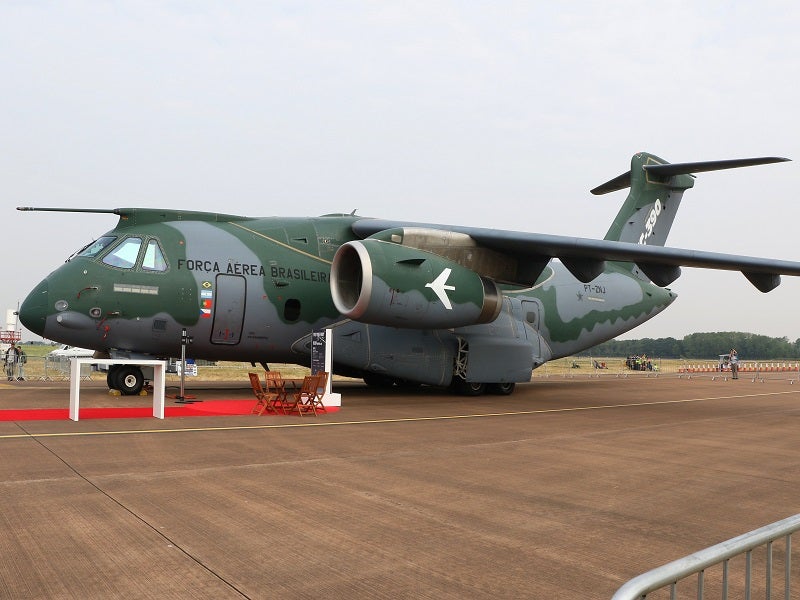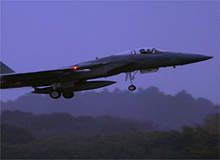
If you’re thinking that this question is so simpleminded that there must be a catch, you’re right. As the ongoing story of the F-15 Eagle grounding proves, what’s bad for aviators and warfighters today could well be good news for the aerospace industry in the US, and perhaps even globally.
On 2 November 2007, an F-15C flying a combat training mission in the US fell apart during a 3g manoeuvre. After the crash, which the pilot survived, the Air Force grounded the vast majority of its F-15s worldwide, prompting US allies operating the F-15 to follow suit. F-15E’s flying combat missions in the Middle East were not grounded, however, as the Strike Eagle version is not only newer but also structurally different due to its ground-attack role.
On November 21, F-15 operations were greenlighted as the investigation continued – but a week later, the A-D models were grounded again as the crash investigation’s results suggested possible fleet-wide structural problems with the series.
Specifically, a closer analysis of the disintegrated aircraft’s wreckage revealed that the upper longerons, which are key frame components that extend along the length of the aircraft, cracked and deformed near the canopy of the aircraft. The decision to ground was facilitated by the discovery of cracks in the same longeron area during two inspections of F-15C aircraft after the initial grounding.
According to media reports filed around this time, manufacturer simulations apparently indicated that catastrophic failure could occur in this area, although it was not specified whether these simulations were conducted immediately after the accident or at some previous point. In 2002 and in May of 2007, F-15s had crashed because of structural failures.
On 5 December 2007, the USAF’s Air Combat Command extended the grounding of all A-D models indefinitely. According to USAF press releases, additional cracks were discovered in the crash aircraft’s longerons, and other cracks had turned up in four additional aircraft. Technical experts are implementing detailed inspection procedures entailing surface stripping, chemical treatments, and blacklight inspections, all of which take time.
How well do you really know your competitors?
Access the most comprehensive Company Profiles on the market, powered by GlobalData. Save hours of research. Gain competitive edge.

Thank you!
Your download email will arrive shortly
Not ready to buy yet? Download a free sample
We are confident about the unique quality of our Company Profiles. However, we want you to make the most beneficial decision for your business, so we offer a free sample that you can download by submitting the below form
By GlobalDataAs of 10 December 2007, cracks had been discovered in a total of eight additional F-15s. Four aircraft belonged to the Air National Guard, and of the other four front-line F-15s, two were based in Florida and two were stationed in Japan, suggesting that location-specific maintenance or refitting laxity is not the root cause of the structural problems.
EVERY PROBLEM IS AN OPPORTUNITY
Clearly, the removal of 442 core fighter aircraft places a large strain on the rest of the USAF’s tactical combat inventory. F-16s and A-10s will take up most of the slack, and the grounding has even necessitated the repositioning of the carrier USS Enterprise from the Persian Gulf for additional support.
The increase in sortie tempo will place an additional strain on these aircraft and the USAF logistical base, both of which have already been worn down by several years of intensive operations in Afghanistan and Iraq since 2002.
However, the current situation helps all the parties who are not actually on the front lines, and for one simple reason: the F-15A-D is an old plane. Even the youngest D models have logged two decades of flight time, and the plane that crashed was 27 years old.
Perhaps more to the point, the original builder of the F-15, McDonnell Douglas (later merged with Boeing), designed the airframe to meet a 4,000-hour service life, which was doubled to 8,000 hours in the 1990s after the airframe had proven its durability.
Fatigue tests have suggested that the F-15 airframe can get to 12,000 hours, but probably not beyond. To put this number in perspective, 12,000 hours on a 24-year-old aircraft averages out to 500 hours a year, or one two-and-a-half to three-hour sortie every other day on average.
HOW COULD THIS HAPPEN?
Although the service records of the F-15s with cracks have not been released, the question is not so much why the aircraft are failing now, but rather how they were able to last so long in the first place.
One factor is that continuing modifications have extended the operational lifecycle, but another less reassuring factor is that much of the F-15 fleet has for some time operated under manoeuvrability restrictions, in which pilots don’t ‘put pedal to the metal’ unless compelled by exigent circumstances, such as an approaching hostile SAM.
Cynics are probably correct in their assessment that the USAF has used this grounding to aggressively push for greater next-generation fighter funding, but at least the underlying events are real and in a sense justifiable, which is worth noting given the track record of the current US administration. However, the potential beneficiaries of the F-15 grounding are more numerous than might be initially apparent.
- Boeing and/or Northrop Grumman should benefit by analogy because they are the main competitors for the USAF’s next-generation KC-X aerial tanker programme. The USAF’s current tanker fleet makes the F-15 force look positively youthful by comparison.
- Boeing’s main US defence competitor, Lockheed Martin, is the prime contractor for the stealthy
F-22 fighter (which was intended to replace the F-15) and the $299bn F-35 joint strike fighter programme, the Pentagon’s costliest acquisition plan ever. - Producers of component stress diagnostic equipment also ought to benefit. Incidentally, recent infrastructure disasters in the USA should have underlined the importance of such products.
Finally, Boeing itself ought not to suffer in its F-15 export business because the Eagle versions it builds for US allies are much more recent and updated. For example, South Korea operates the F-15K, which is really an evolution of the F-15E.



